Upholstery
It is made of fabric padding, webbing, and springs. Upholstery Chairs, sofas and other pieces of furniture have their soft coverings made of this material. In terms of durability, comfort, and style, upholstery materials must be considered.
It is possible to extend the life of your furniture by selecting the right fabric.




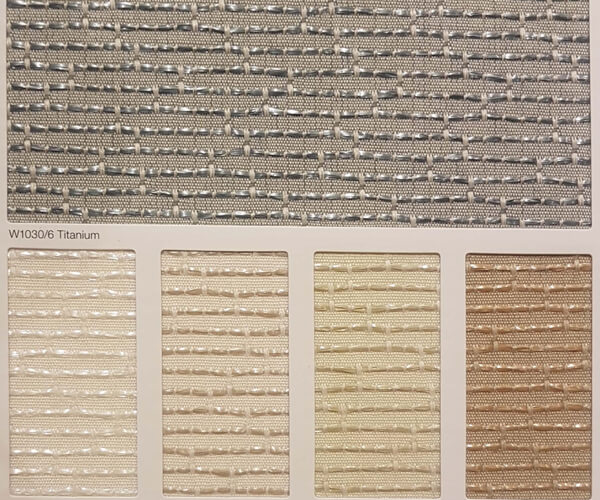
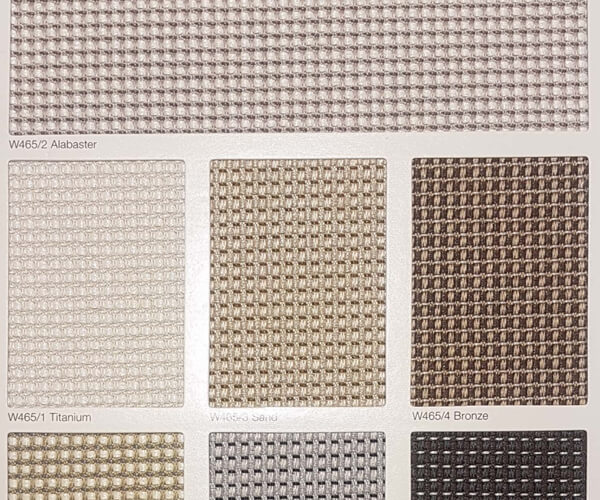
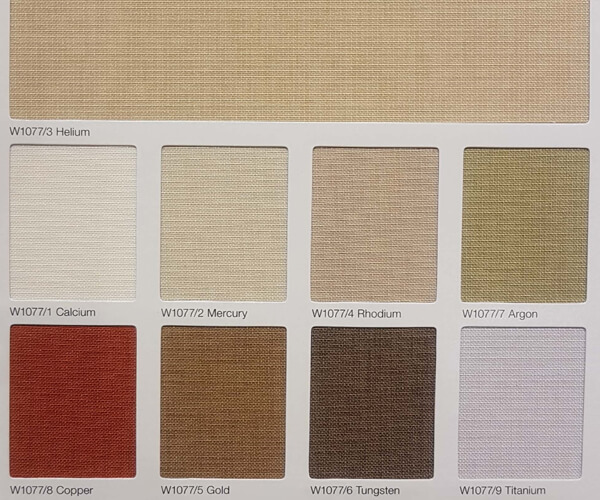



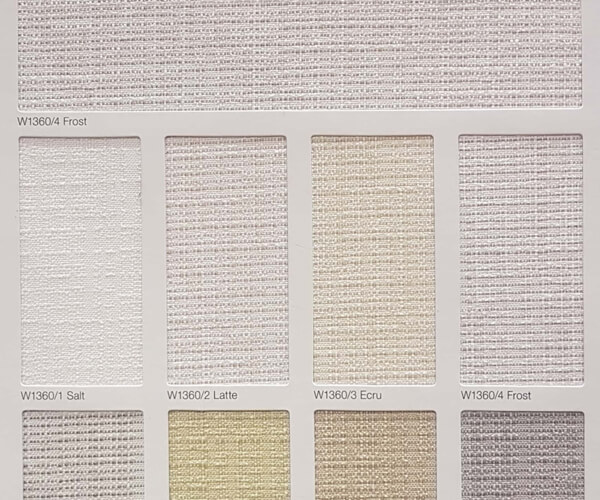
Acoustic Fabrics
They impact us on day-to-day experiences. Whether in office, gym, theatre, auditorium, studios, etc; the success of a space depends on the ability to hear clearly. But not all fabrics perform the same acoustically.
Noise Reduction Coefficient (NCR) is a single number rating which indicates a material’s ability to absorb the sound energy that strikes upon it, e.g. 0.0(0% sound absorption) to 1.0(100% sound absorption).
There are many ways to mount the absorbent materials on different surfaces (walls, ceilings, floors); they can also be installed as suspended panels.
Aqua Clean Fabrics
Aqua Clean Fabrics is a patented advanced protective treatment that has been applied to the upholstery of furniture. This treatment covers every single fibre with an invisible molecular layer that prevents stains and spills (liquid or solid) like mud, ink, sauces, foodstuff, wine, chocolate, etc, from adhering to the fabric, i.e. it facilitates the removal of the stain simply using water instead of any solvents or other products even several hours after staining. The Treatment is effective 24 hours after staining. Just apply a little water over the stain, either directly or on a damp cloth. Wait a few seconds, then pat the stain with the cloth and rub gently over the fabric in a circular motion and the stain disappears as if magically and without any fuss, hence, makes for a fantastic upholstery option. It is ecologically produced without any toxic substances which are harmful to the environment.

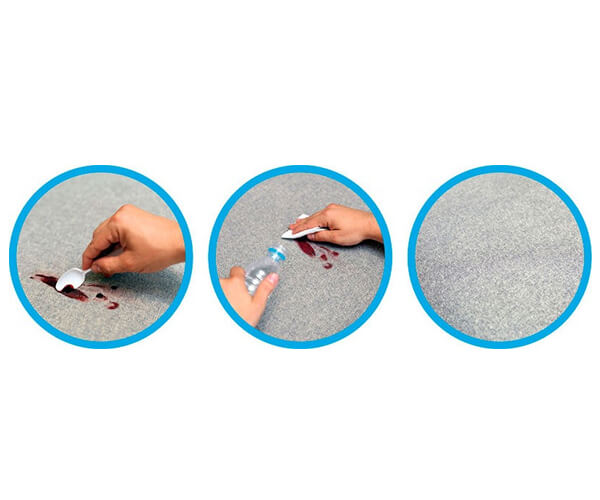
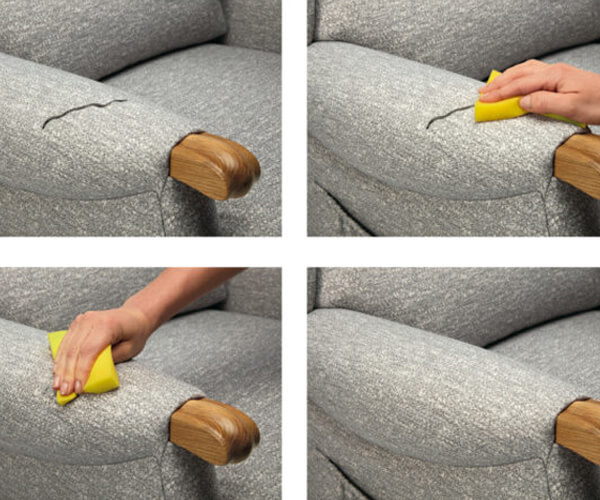
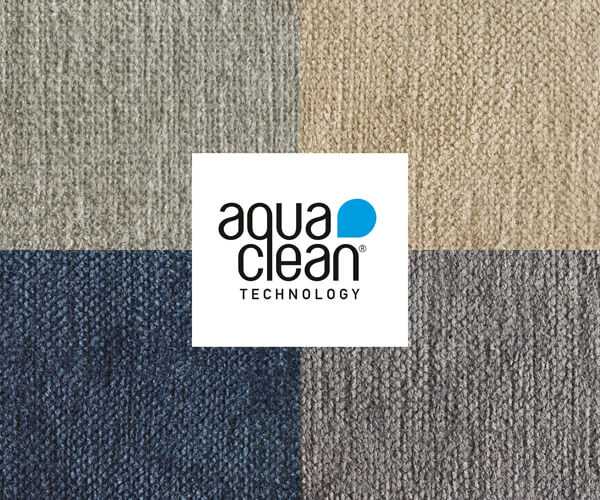
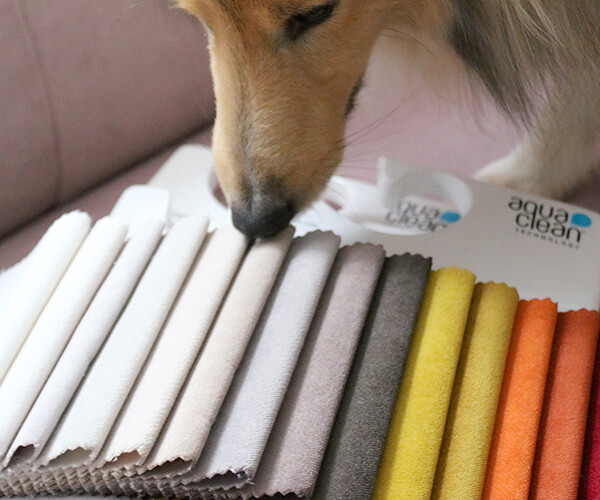
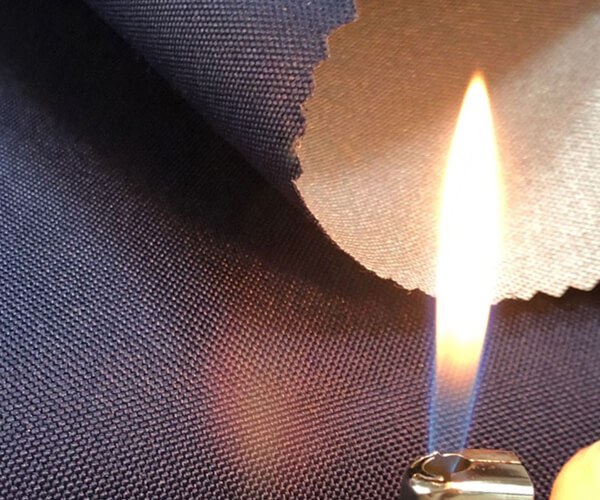
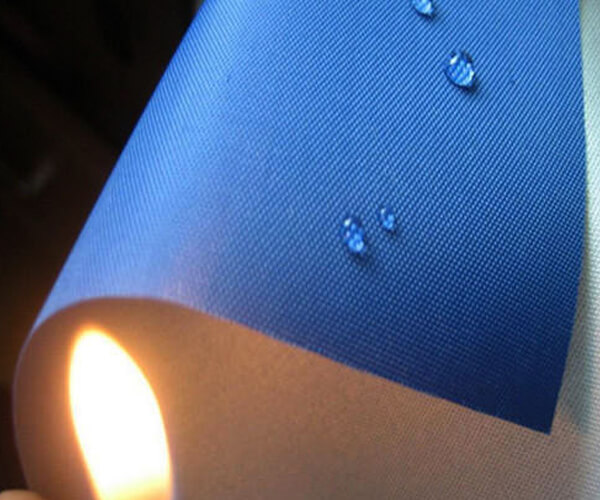
Fire Retardant Fabrics
Consider safety, as well as design, quality, durability, and comfort, before purchasing fabrics. When it comes to flammability, fire retardant fabrics burn slowly and do not catch fire. For example, wool, acrylic, polyester and nylon are naturally fire retardant because of their inherent properties. Unlike natural fibres like cotton and linen, synthetics burn at much higher temperatures. To be fire retardant, other types of fabrics must be chemically treated. This is done either by spraying or by immersing the fabric in a chemical solution that acts as an effective barrier to flames. The most basic Fire Retardancy (FR) Standards are NFPA
